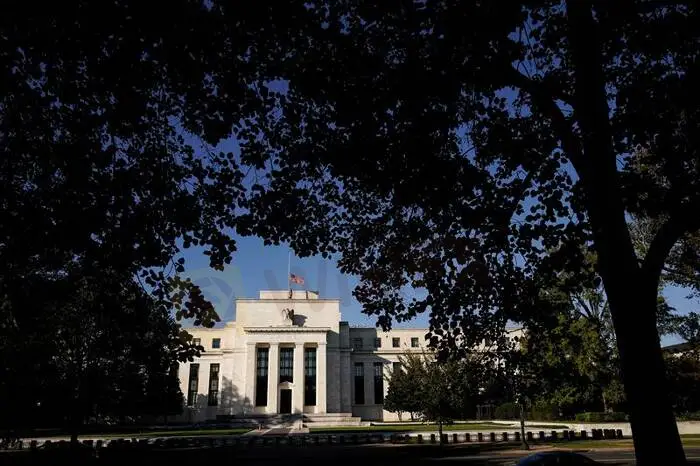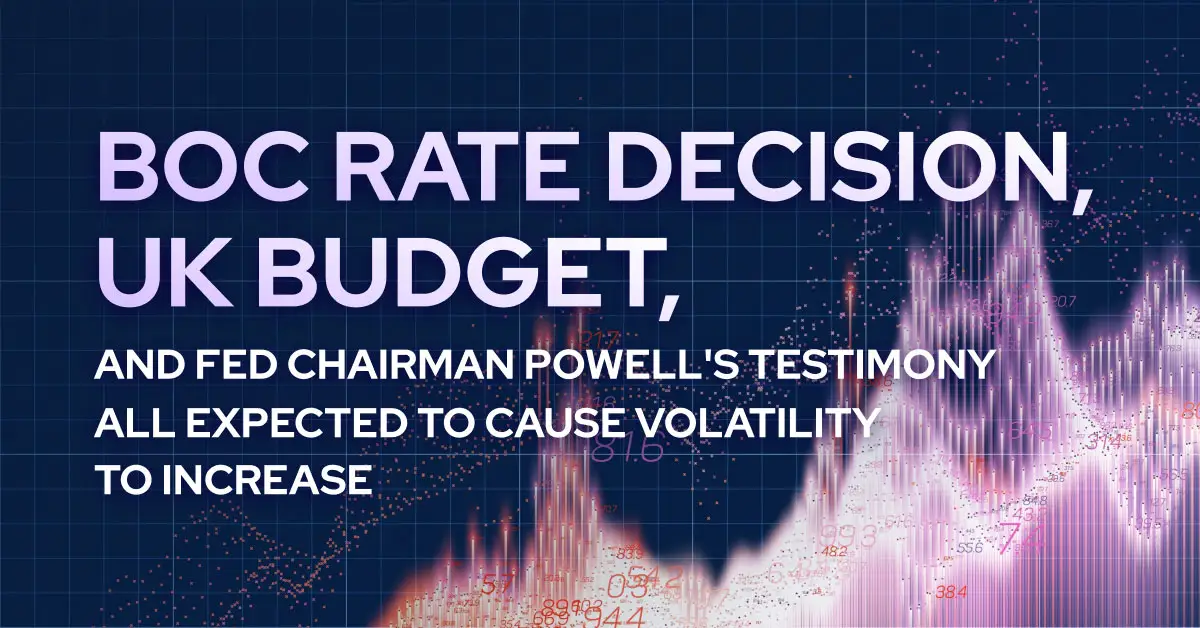简体中文
繁體中文
English
Pусский
日本語
ภาษาไทย
Tiếng Việt
Bahasa Indonesia
Español
हिन्दी
Filippiiniläinen
Français
Deutsch
Português
Türkçe
한국어
العربية
Fed kicks off debate on issuing its own digital currency with new white paper
Abstract:Creating an official digital version of the U.S. dollar could speed up payments and provide households with a safe option as payments technology evolves

Creating an official digital version of the U.S. dollar could speed up payments and provide households with a safe option as payments technology evolves, but it would also present financial stability risks and privacy concerns, the Federal Reserve said in a long-awaited discussion paper released on Thursday.
The paper made no policy recommendations and offered no clear signal on where the Fed stands on whether to launch a central bank digital currency (CBDC), a digital form of cash in your pocket. The Fed said it would not proceed with creating one “without clear support from the executive branch and from Congress, ideally in the form of a specific authorizing law.”
The paper tiptoes around a subject that has sparked debate inside the Feds https://www.reuters.com/article/usa-fed-digital-currency-analysis-idTRNIKBN2GQ13C top ranks, even as other central banks across the globe are exploring the adoption of digital currencies.
Nevertheless, it sets the stage for the central bank to collect public feedback on the potential costs and benefits of a CBDC, which could ultimately advance legislation long-term.
“While a CBDC could provide a safe, digital payment option for households and businesses as the payments system continues to evolve, and may result in faster payment options between countries, there may also be downsides,” Fed officials wrote.
Challenges include maintaining financial stability and making sure the digital dollar would “complement existing means of payment,” the Fed said. The central bank also needs to tackle major policy questions such as ensuring a CBDC does not violate Americans privacy and that the government maintains its “ability to combat illicit finance.”
Unlike cryptocurrencies, which are typically run by private actors, a CBDC would be issued and backed by the central bank. It would differ from electronic transactions that happen through large commercial banks in that it could give consumers a direct claim to the central bank, similar to physical cash.
About 90 countries https://www.atlanticcouncil.org/cbdctracker are exploring or launching their own CBDCs, according to the Atlantic Council. A widely used digital euro, yuan or dollar may still be years away, but the projects could dramatically disrupt the global financial system.
Despite steering clear of policy recommendations, the Fed did shed some light on how a digital dollar might function.
Critically, it said a digital dollar would “best suit” U.S. needs if it were intermediated through the current financial system. That means individuals would not have CBDC accounts directly with the Fed, an approach backed by some Democrats who say a digital currency could help the unbanked. Banks worried that such an approach would eat into their deposit base.
Still, Fed officials said they are not ruling anything out.
The central bank will collect comments on the issue via an online form https://www.federalreserve.gov/apps/forms/CBDC for 120 days.
Thursdays paper is separate from research the Boston Fed has been working on with the Massachusetts Institute of Technology to explore the technological aspects of a CBDC. That research, including coding that could be used for a potential U.S. CBDC, will be released as early as next month.

Disclaimer:
The views in this article only represent the author's personal views, and do not constitute investment advice on this platform. This platform does not guarantee the accuracy, completeness and timeliness of the information in the article, and will not be liable for any loss caused by the use of or reliance on the information in the article.
Read more

The History of Ponzi Schemes
This article outlines the history of Ponzi schemes, highlighting the infamous Charles Ponzi, Bernie Madoff, and beyond.

5 Key Steps to Master Forex MT4 Technical Analysis
The forex market presents both opportunities and challenges, with technical analysis being crucial for successful trading. This article outlines the five essential steps for mastering Forex MT4 technical analysis: identifying trends, utilizing technical indicators, determining entry and stop-loss points, analyzing price charts, and performing real-time monitoring and adjustments. By following these steps, traders can enhance their understanding and application of technical analysis, ultimately improving their trading accuracy and success rate.

FOREX TODAY: BOC RATE DECISION, UK BUDGET
Wednesday's major data releases and macroeconomic events are expected to cause volatility to increase after another day of erratic trading in the financial markets. The Spring Budget for the UK will be released, and January Retail Sales figures for January will be made available by Eurostat. ADP Employment Change for February and January JOLTS Job Openings will be discussed later in the session on the US economic docket.

FOREX TODAY: AHEAD OF SIGNIFICANT RISK OCCURRENCES, PMI DATA COULD ALERT MARKETS.
Major currency pairings are still trading in familiar ranges early on Tuesday after the erratic trading on Monday. The US economic docket for the American session will include the factory orders data for January and the ISM Services PMI survey for February. Final updates to the February PMI for the US, Germany, the UK, and the EU will also be released by S&P.
WikiFX Broker
Latest News
ATTENTION! WARNING AGAINST FRAUD BROKERS
FOREX.com Partners with Kalshi for Event-Based Trading on US Election
Alameda Sues KuCoin to Reclaim $50M in FTX Asset Recovery Drive
Canadian Watchdog Warns Against Capixtrade
The impact of the U.S. presidential elections on gold and Forex prices
The Importance of Backtesting in Forex Trading
The Role of Moving Averages in Trend Trading
AI-Driven Fraud: Social Media Fraud Reportedly Soars 28%
HKEX to Open Riyadh Office in 2025, Strengthening Ties Between China and the Middle East
Hong Kong Exchange Pioneers Asia's First EU-Compliant Crypto Index
Currency Calculator



